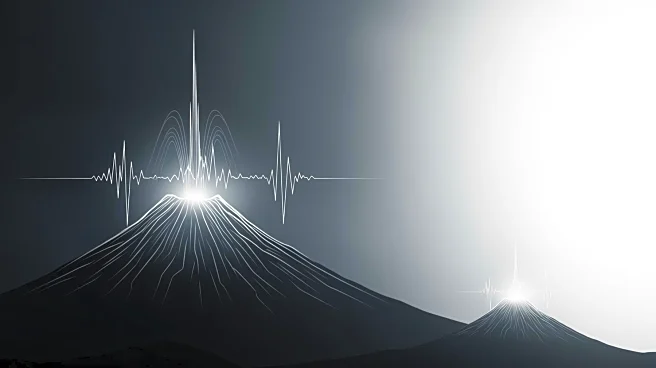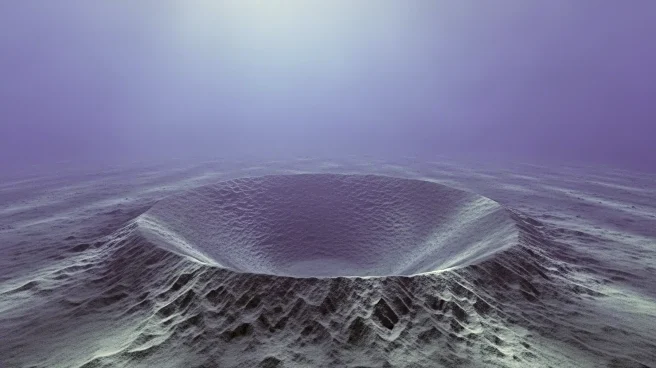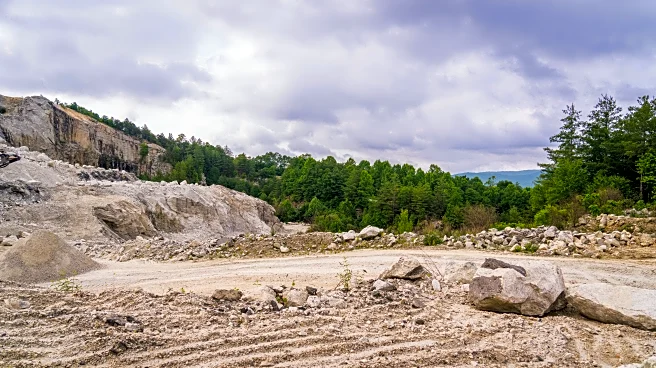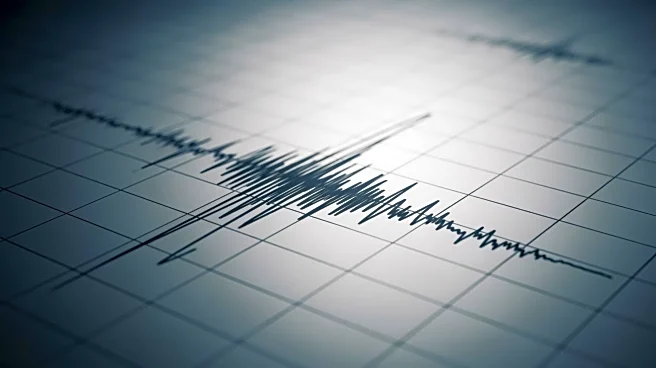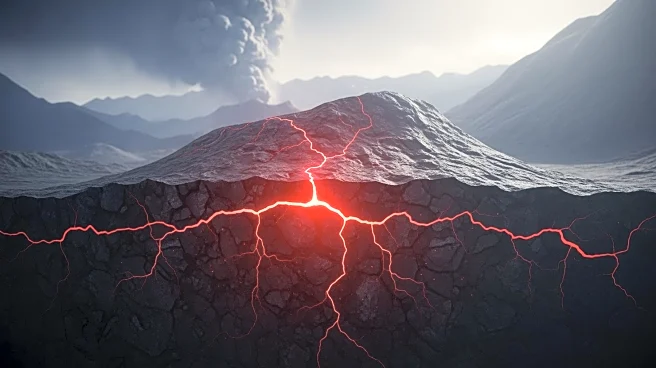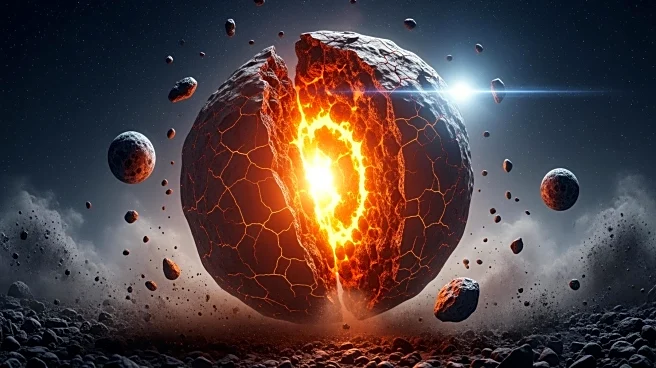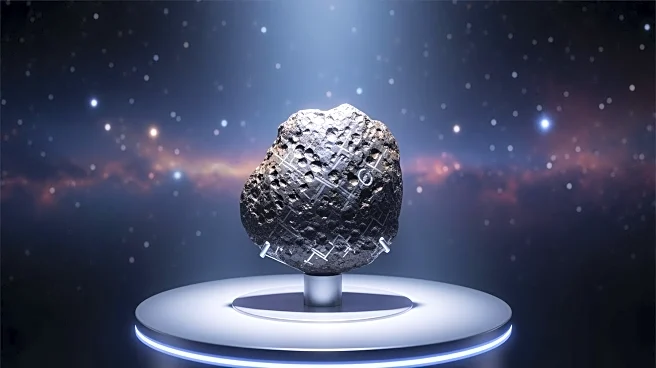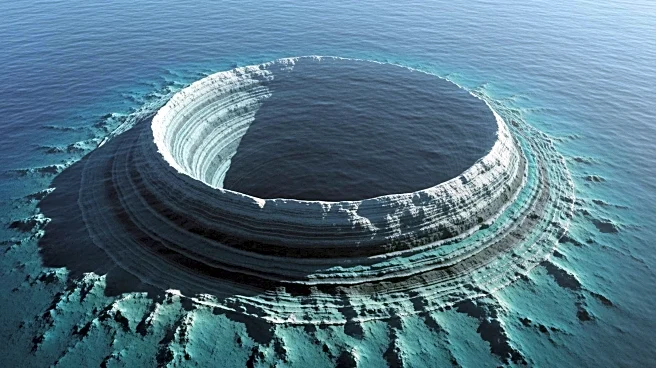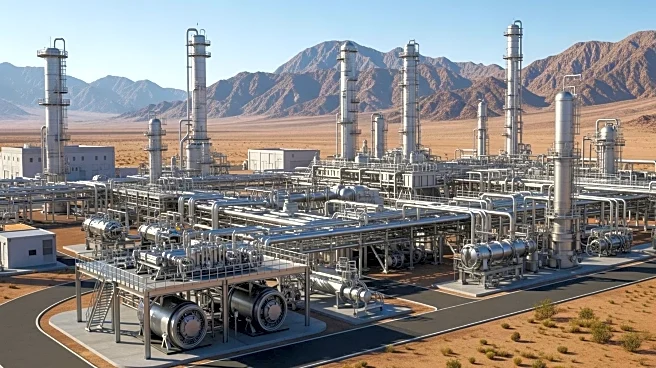What's Happening?
Researchers from Johannes Gutenberg University Mainz, led by Professor Dr. Miriam Christina Reiss, have made significant advancements in understanding volcanic tremors beneath Tanzania's Oldoinyo Lengai volcano. The team has successfully traced tremor signals,
which are vibrations caused by magma and gas movements, in three dimensions, identifying their exact location and depth. This research provides a deeper understanding of how magma and gases move within the Earth, potentially improving volcanic eruption forecasts. The study, published in Communications Earth & Environment, highlights the diversity of tremor signals detected, which are linked to different parts of the volcano with distinct physical conditions.
Why It's Important?
This research is crucial for advancing the science of volcano seismology, as it provides a clearer picture of the internal processes of volcanoes. Understanding tremor signals can help distinguish between those that are precursors to eruptions and those that are not, thereby improving the accuracy of eruption forecasts. This has significant implications for public safety and disaster preparedness, particularly in regions prone to volcanic activity. The findings also contribute to the broader understanding of volcanic behavior, which is essential for mitigating the risks associated with volcanic eruptions.
What's Next?
The research team plans to continue analyzing tremor signals to further refine their understanding of volcanic activity. Future studies may focus on identifying specific tremor patterns that precede eruptions, which could lead to more reliable early warning systems. Additionally, the methodologies developed in this study could be applied to other volcanoes, enhancing global volcanic monitoring efforts. Collaboration with other research institutions and the integration of new technologies may also play a role in advancing this field.
Beyond the Headlines
The study of volcanic tremors not only aids in eruption forecasting but also enhances our understanding of the Earth's internal dynamics. The unique characteristics of Oldoinyo Lengai, being the world's only active carbonatite volcano, offer a rare opportunity to study magma that is unusually fluid and cool. This research could lead to new insights into the geological processes that shape our planet, potentially influencing fields such as geology, environmental science, and even planetary science.
